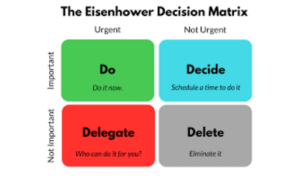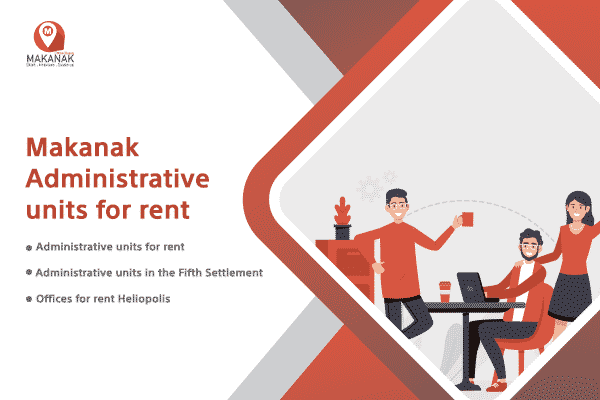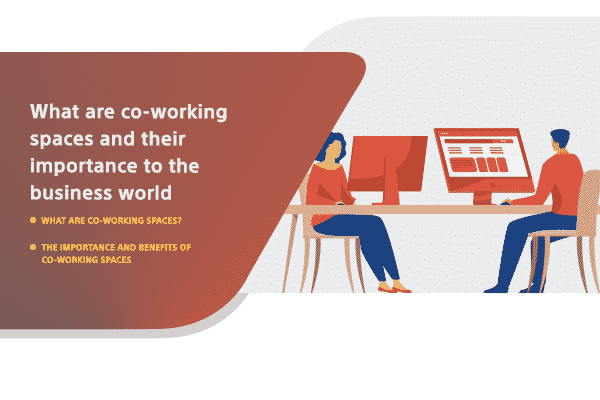Top 10 Tips for Maintaining Workplace Productivity and Efficiency
Maintaining productivity and efficiency in the workplace can be a challenge, especially when there are distractions and competing priorities. However, there are several strategies you can implement to keep your team on track and achieve your goals. Here are ten tips for maintaining workplace productivity and efficiency:
 Prioritizing tasks helps to stay organized and focused, and ensures that critical tasks are completed on time. It also helps to avoid last-minute rush and stress, which can negatively impact productivity and quality of work.
Prioritizing tasks helps to stay organized and focused, and ensures that critical tasks are completed on time. It also helps to avoid last-minute rush and stress, which can negatively impact productivity and quality of work.
1- Set clear goals and objectives:
Setting clear goals and objectives is the foundation of any successful project or task. By establishing specific and measurable objectives, teams can focus their efforts on achieving desired outcomes. Clear goals and objectives provide direction and motivation for team members, helping them stay focused and committed to the task at hand. It’s important to ensure that everyone understands the goals and objectives and how they contribute to the overall success of the project. To establish clear goals and objectives, start by defining the end goal or desired outcome. From there, break down the objective into smaller, measurable goals that can be achieved in stages. This helps to provide a clear roadmap for achieving success and allows team members to track progress and stay motivated. Communication is key in setting clear goals and objectives. Ensure that everyone understands the goals and objectives, what is expected of them, and how their individual contributions will help achieve the overall success of the project. This can be achieved through regular team meetings, progress updates, and individual performance reviews.2- Prioritize tasks:
Prioritizing tasks can help you and your team stay organized and on top of deadlines also Identify the most important tasks and tackle them first is a critical skill for maintaining productivity and efficiency in the workplace. When there are multiple tasks to complete, it’s important to prioritize them to ensure that the most important tasks are completed first. This helps to stay organized and on top of deadlines. To prioritize tasks, start by identifying the most critical tasks that need to be completed. These are tasks that have the greatest impact on the project or task at hand, or those that have the closest deadlines. Once you have identified the critical tasks, prioritize them based on their urgency and importance. One popular technique for prioritizing tasks is the Eisenhower Matrix, which categorizes tasks into four quadrants based on their urgency and importance. The four quadrants are: 1- Urgent and important tasks: These are tasks that require immediate attention and have a significant impact on the project or task at hand. They should be tackled first. 2- Important but not urgent tasks: These are tasks that are important but don’t have an immediate deadline. They should be scheduled and completed after urgent tasks. 3- Urgent but not important tasks: These are tasks that have a deadline but don’t have a significant impact on the project or task at hand. They should be delegated or postponed if possible. 4- Not urgent and not important tasks: These are tasks that are not essential and don’t have a deadline. They should be eliminated or minimized Prioritizing tasks helps to stay organized and focused, and ensures that critical tasks are completed on time. It also helps to avoid last-minute rush and stress, which can negatively impact productivity and quality of work.
Prioritizing tasks helps to stay organized and focused, and ensures that critical tasks are completed on time. It also helps to avoid last-minute rush and stress, which can negatively impact productivity and quality of work.



